Content Curation Resolutions: 8 Tools to Try in 2016
- Fahad H

- Dec 31, 2015
- 6 min read

Does anyone know where 2015 went? Seems like I just blinked my eyes and opened them on a brand new year.
I always consider the holiday season to be a time for reflection – a time to take a step back from the daily grind, look at the progress I made in the year that’s passed, and prepare to tackle the tasks and projects I want to accomplish in the next 12 months.
Among all my usual resolutions for 2016 (get more exercise … spend more time with friends … bring about world peace … blah, blah, blah), I’m looking to add some new skills to my arsenal and step up my content curation game. But rather than doing all the work myself, this year I plan to follow in the footsteps of our wonderful CMI contributors and community members who have recommended some tools they use for finding relevant content, enhancing their creativity and productivity, and keeping their tasks prioritized and organized.
For those of you who have similar resolutions for 2016, I’ve highlighted a few tools that seem particularly helpful, along with a bit of detail on the specific ways each might be used in a content curation context.
Domo: Many curation projects are published on multiple channels and platforms at once. This means curators typically need to look at several metrics reports, then find a way to correlate the data to create an apples-to-apples analysis about performance.
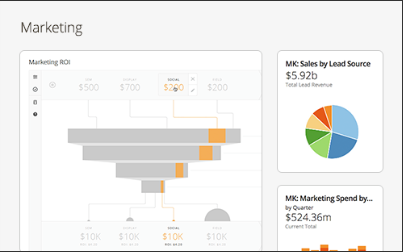
Named as one of the top 10 most influential brands on LinkedIn in 2015, Domo was built to help streamline repetitive and complicated processes like this, bringing all the data points into a single platform and providing simple-yet-robust visualization tools, to help it all make sense. No wonder it came so highly recommended during this year’s CMI Twitter chat on metrics.
Google’s Digital Analytics Fundamentals course: Understanding how well your content is performing is the responsibility of every content marketer on the team – even those who work on the more creative side of things and aren’t as comfortable with the numeric data component of content (guilty as charged). While I have a working knowledge of many Google Analytics reports, I know there’s a world of additional information available that I should be tapping into – particularly as it’s essential to my goal of curating the content that our audience needs, and engages with, most.

Fortunately, Joe Pulizzi clued me in that Google’s Analytics Academy offers an in-depth tutorial on the fundamentals of working with this essential analytics tool. The full (and free) course has six units that cover everything from core analysis techniques, to creation and configuration of an account, to understanding and analysis of the various types of Google Analytics reports. It also includes archived Hangouts, where Google team members and other experts answer users’ questions. With Google practically holding my hand, I might just conquer my legendary fear of numbers, and uncover ways to make my contributions to CMI more effective.
IFTTT: We all have those little housekeeping tasks that are part of the content marketing process – a tedious, soul-numbing, and time-consuming part, to be sure – yet a necessary part for effective content creation, curation, and management. For me, one of those tasks is logging all the examples we publish across our various content channels in one centralized Google spreadsheet so I can later repurpose them into e-books, infographics, and other curation projects (i.e., the fun part of the job).

If This Then That, better known as IFTTT, might just be the tool that can make this chore – and others like it – less of a time-suck. As CMI contributor Dan Smith discussed, by creating customized “recipes” that automate certain interactions between two products or apps (think: adding a recently posted YouTube video to a list of videos on Google Docs, or emailing yourself a weekly roundup of the most popular posts on your blog), IFTTT can minimize the time spent on menial tasks and help to ensure that the important stuff doesn’t slip past your radar.
MindManager: A perennial favorite of Roger C. Parker (who used it to develop his three-step blog post tracker), Mindjet’s MindManager has the reputation of being one of the best mind-mapping software programs. It’s definitely high on my list of tools to explore this year.
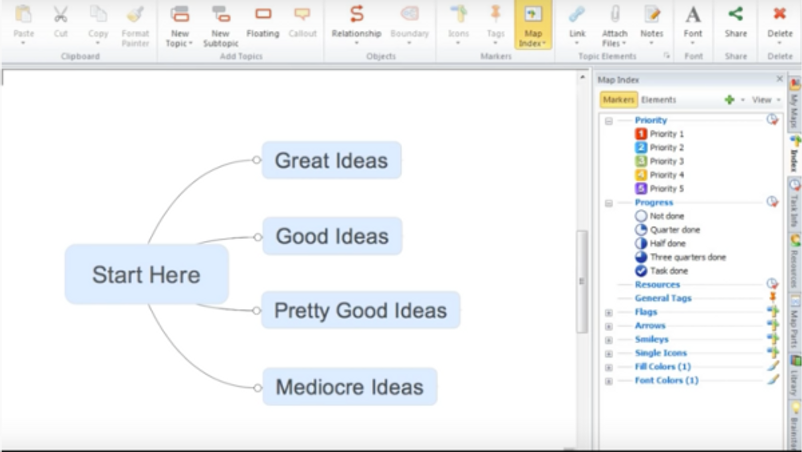
Mind maps help content creators visualize the connection between concepts, enabling them to identify the most logical flow of meaning between them. This kind of tool is helpful for a wide range of content marketing activities – from brainstorming content ideas to structuring a series of loose ideas into a cohesive story framework and organizing those stories into a content marketing calendar. From a curation standpoint, I’m particularly interested in using mind maps to align my project ideas with CMI’s business goals, which will help me better understand which projects to prioritize throughout the year.
Airstory: I’ve been obsessed with trying this writing tool, ever since it was recommended during our recent Twitter chat with Ann Smarty on content marketing tools.
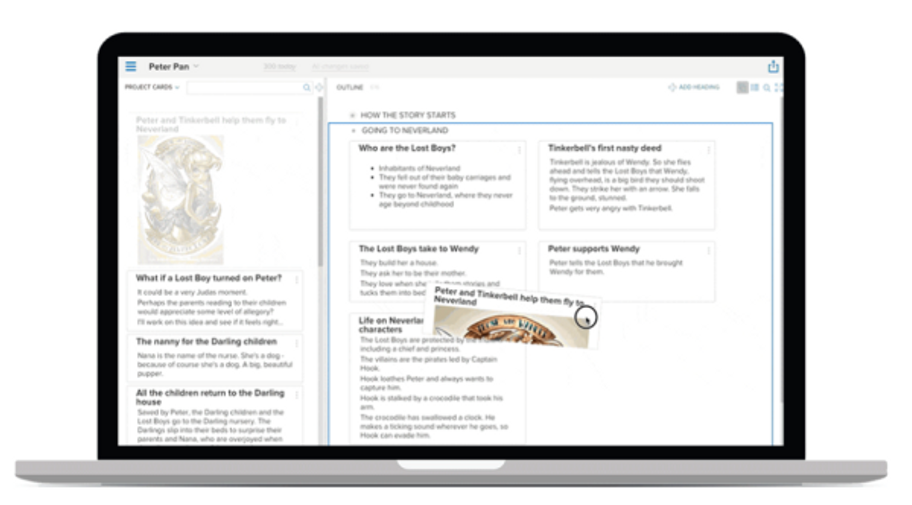
Available as an invitation-only beta, Airstory helps you turn your content notes, media clips, image files, soundbites, and more into taggable, searchable cards. When you are ready to turn these odds and ends into a cohesive story, just drag and drop the relevant cards into an outline, and start connecting the dots between your ideas and your marketing insights. Airstory organizes and annotates the saved information in your cards for easy reference and stores everything in one view, so you won’t lose track of great ideas for future projects.
ZooBurst: While I’m typically most comfortable when I’m working with text-based content, I often long for the ability to take more of our content pieces off the static page and move them into a more visual medium or a unique and innovative format. Since our design team understandably needs us to prioritize the projects when we enlist its help – and because I have limited artistic talents – I’ve come to accept that few of my more experimental ideas will ever get to see the light of day.
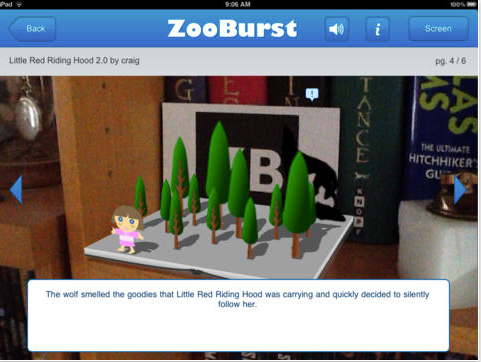
Still, there may be hope. For example, after the CMI editorial team discovered a Listly of storytelling tools, I’ve been itching to give a creative tool like ZooBurst a try. This digital storytelling application enables users to create three-dimensional pop-up books online and share them via a simple hyperlink or embed them on a website or blog. There’s also an augmented reality mode that gives readers the ability to interact with the content using a webcam and some simple gestures.
ThingLink: While screenshots are great to include in content when illustrating a particular concept or function, they don’t always highlight the specific idea referenced in the context of my discussion. When curating images, I often find myself looking for a way to draw attention to a specific part of the graphic and include explanatory text or add a URL for additional resources on the topic.
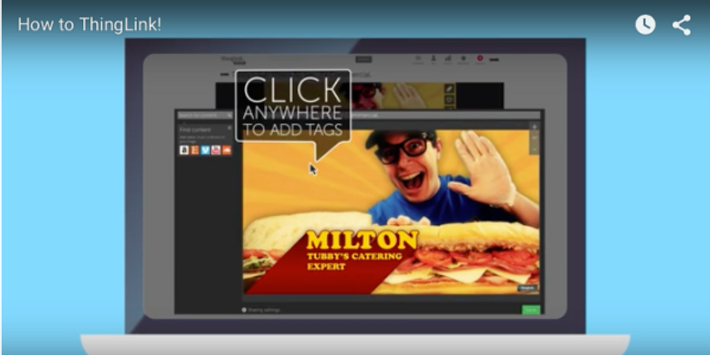
Recommended by a CMI blog reader (who discovered it on this Listly of awesome content marketing tools), ThingLink enables users to annotate their images and video content with notes, links, and rich media – ideal for marking up graphics to enhance their value and make them more actionable.
Venngage: Speaking of images, one of the most powerful ways to refresh and repurpose content for easier reference is to take the text from a popular blog post (or an article, an interview, a video, etc.) and summarize it visually by creating an infographic. (For example, take a look at the recent SEO Clues infographic we built, based on the Ultimate SEO Checklist post published earlier on the CMI blog.)
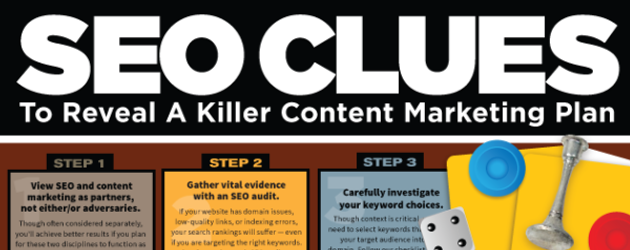
Click to view full graphic
However, creating curated infographics like this can take a big bite out of our designer resources. When regular #CMWorld Twitter chat contributor Jade Phillips suggested using Venngage to create beautiful infographics, reports, and data visualizations, I thought I might try my hand at learning to build them myself. Hundreds of pictograms, maps, and icon tools are available in the Venngage library, and users can even upload their own photos, logos, and images to customize the designs and ensure that they are consistent with their business’ usual branding.
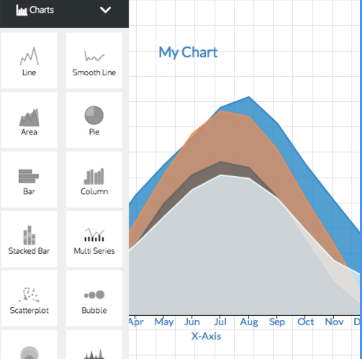
Of course, these are just the tip of the iceberg – there’s no way to include all the relevant tools available to content marketers in just one post, let alone try them all out (much as I would love to do so). If there are additional apps, software products, or services that you’ve used and loved, feel free to mention them in the comments – I’d love to add them to my list of new tools to explore.
Want a reminder to read the latest tips, tools, and more insight from the Content Marketing Institute? Subscribe to our blog posts and never miss a day.
Cover image by Joseph Kalinowski/Content Marketing Institute








Comments